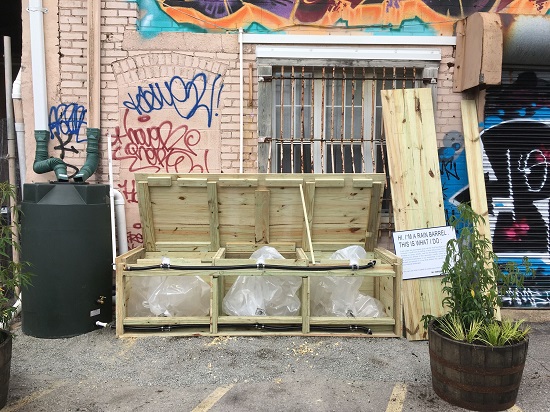
May 2, 2017, by Blue-Green team
Low-cost small-scale blue-green interventions: community led projects enhancing urban flood resilience
You need just 5 water butts to capture an hour of heavy rainfall from a 200 m2 roof (assuming the water butt holds 200 L and rainfall intensity is 4-8 mm/hr). Imagine if that happened across every roof in the city and imagine the resources that could be provided and the costs you’d avoid – how much would that ease the need for expensive environmentally damaging grey infrastructure?
As with marginal gains “theory” applied in sports, it may not be a huge volume on its own but add this up across a city and you might start getting significant savings in your infrastructure costs and considerable reduction in flood risk.
But this is a very different way of thinking about rainwater management – how could we achieve this at a scale that makes a difference? We need to be able to answer questions like who is going to own and manage these systems and why would they take an interest?
Street Plans Collaborative
Recently I had the opportunity to meet with the Street Plans Collaborative, an urban planning and design firm which designs and implements innovative practices to improve public space (parks, markets, bikeways etc.) and promote its community stewardship. In this context, we discussed how the citizen could become the owner of small-scale blue-green infrastructure or an advocate for such infrastructure.
Street Plans had a relevant experience when they recently joined forces with 100 Resilient Cities in Norfolk, USA, to run the “Retain Your Rain: Boxes, Barrels and Brew” project. Along with local community groups, the aim was to show residents how they can be part of the solution for drainage management challenges. During a hands-on “how-to” workshop, residents learned how they can get started on small-scale flood mitigation projects such as rain barrels (water butts), bioswales, blue/green roofs, planters, cisterns and more on their parcel of land to help address rainwater flooding in their neighbourhood. Their approach involved the following steps:
- Communicate with clarity what the problem is and discuss the solution
- Engage public and co-design the solution
The solution is not delivered: rather the publics’ input is critical to co-design a practical long-lasting solution that matches their needs, lifestyle and preferences. For instance, multifunctional benches can store harvested rainwater without requiring additional space.

Co-designing solutions that serve the community. Urban greening and multifunctional public bench, Norfolk, USA
- Involve the public in the implementation phase
- Raise awareness around the new neighbourhood features for all residents and passers-by
This seemingly simple process improves the chances that the individual resident and the community will welcome diffused blue-green infrastructure features and that they will become part of the place-making process.
Relevance to Urban Flood Resilience:
Will these small-scale features solve all flooding problems?
No, they will not but they can certainly be complementary to the “hard” grey infrastructure. Fitting many blue-green features in a coordinated way at selected locations can have a significant positive impact, particularly for the higher-frequency rainfall events that create nuisance flooding. In the rare catastrophic flood, these features will obviously be overwhelmed.
What benefits are produced from such interventions?
Citizens benefit from the aesthetic upgrade while the community benefits thanks to the stronger social ties of an active citizenship. Water companies and councils benefit from the reduction of flood risk. There are ecosystem and climate change mitigation benefits too, and also potential economic benefits associated with regeneration and flood-proofing.
How can we promote small-scale blue-green interventions?
As different benefits accrue to multiple stakeholders, smart schemes need to be set in place to promote such low-cost small scale blue-green interventions which will fairly assign the costs and responsibilities associated with them.
As water engineers, we should look for synergies with landscape architects by creating features which integrate flood-proofing functionality. This will also reduce expenditure in infrastructure. At the same time, councils can also be more proactive by producing guidelines for resident blue-green interventions.
Blog post by Leon Kapetas, University of Cambridge.
No comments yet, fill out a comment to be the first


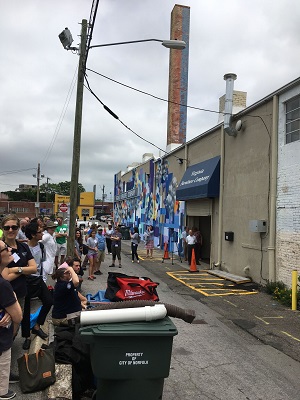
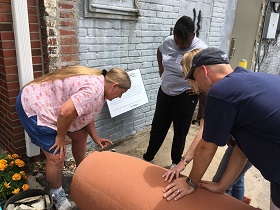
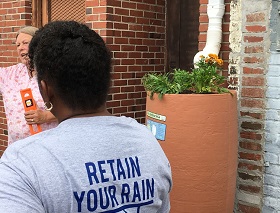


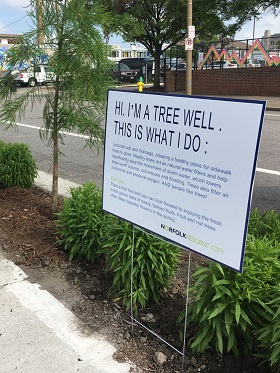
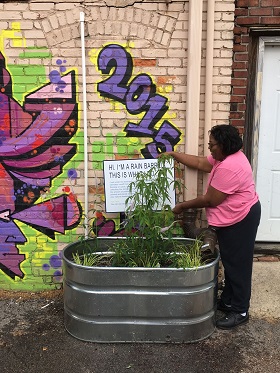
Leave a Reply